While it is not always the case, there is a good chance of scars appearing on the treated part of the body after a surgical procedure. The idea of scarring on the body is not one that many people find appealing, so they turn to cosmetic surgery procedures to try and lessen the extent of the scarring and even reduce their appearance to the point that they fade on the skin. One technique that patients often use to address the appearance of surgical scars is microneedling. Take a look at the informative article below to learn more about how microneedling addresses surgical scars.
Microneedling – How it Improved the Look of Scars
A small study has suggested that microneedling can help surgical scars heal in a more aesthetically appealing manner if it is performed within a couple of months of the formation of the scars.
Researchers discovered that microneedling improved the long-term look of scars in twenty-five patients, after various surgical procedures, according to the ratings and feedback of both doctors and patients. It was also revealed that the sooner microneedling was performed, the better the extent of the results. For example, patients who decided to have their first microneedling treatment within six or seven weeks of having a surgical procedure saw the best results. These results are actually the opposite of past ideas about when to have microneedling as many doctors would advise their patients to wait and have microneedling until the scars were at least a year old.
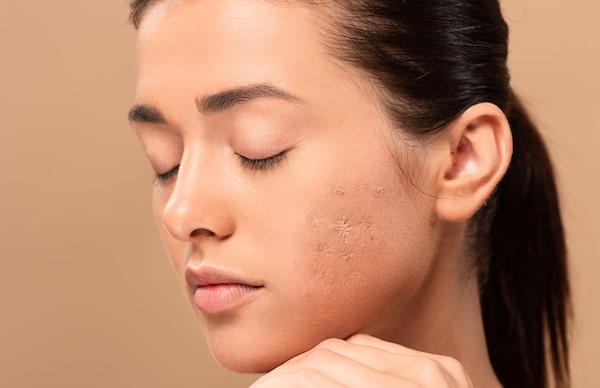
Microneedling – What is it?
Microneedling is a procedure that is also known as minimally invasive percutaneous collagen induction. During the treatment, the doctor uses a hand-held device that has a tiny needle that creates micro-punctures in the skin of the patient. The procedure is able to stimulate the production of collagen to help the skin maintain a look that is smooth and firm. It is often performed to address issues with the skin such as stretch marks and wrinkles as well as reducing the look of scars caused by acne or surgical procedures.
One of the reasons that doctors would tell patients to wait about a year to treat their scars is the fact that scars will often “mature” for about twelve months. However, this also means that patients are missing a chance to enhance the ability of the skin to repair itself.
Microneedling and Scarring – Study Results
According to Dr. Brannon Claytor, lead researcher and the Chief of Plastic Surgery at Main Line Health, and also Claytor/Noone Plastic Surgery in Bryn Mawr, PA, surgical wounds are far enough along in the healing process to start microneedling sessions around six weeks after surgery. Dr. Claytor feels that this time period is safe enough to improve the appearance of scarring.
In a study published in Plastic and Reconstructive Surgery, the team led by Claytor studied twenty-five female patients who were seeking some form of treatment for the scars that appeared after a surgical procedure. Some of the surgeries that the participants had included tummy tuck, facelift, breast surgery, and the removal of skin growths that were non-cancerous.
Each of the patients started the first microneedling treatment, out of a series of three treatments, within six to sixteen months after their surgery. The women who took part in the study also followed a skincare regimen during this time period.
When they were examined sixteen weeks after their first microneedling treatment, each of the patients showed an improvement in the look of their treated scars as opposed to patients who started their treatment anywhere from thirteen to sixteen weeks after a surgical procedure.
Claytor said, “Early treatment of acute scars was safe. And the really exciting part was, we found evidence that it improved patients’ results.” The research team did acknowledge that the study was small in size and that the results offer doctors and patients a “proof of concept” that an earlier treatment is a better idea than waiting until later in the healing process.
It should be noted that the study did not have a comparison group of patients who had scars that were left untreated by microneedling to heal on their own. The lack of a comparison group makes it difficult to assess how much of the improvement in the scarring was due to the microneedling treatment and how much was due to the natural healing of the scars.
Having said that, it was easy to notice the difference between the look of the scars that were treated earlier than the scars that were treated at a later time by a doctor.
Patients also need to realize that each person is different which means the results of their healing process might not be the same as other patients. They should schedule a consultation appointment with a doctor who is experienced in treating scars after a surgery with microneedling in order to get a better idea about the type of results they can expect to see after microneedling is performed on their scars.

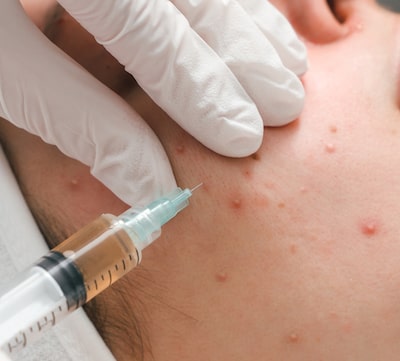
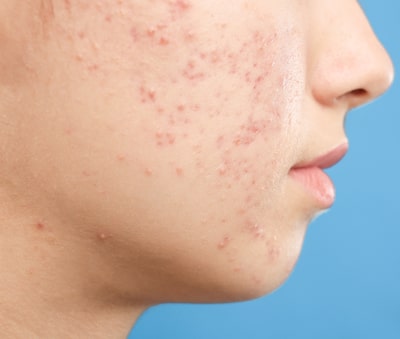
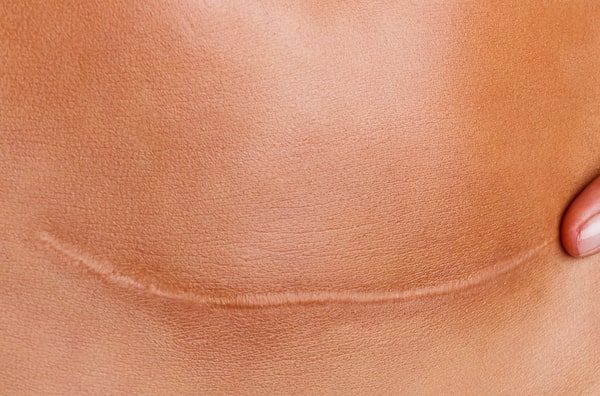
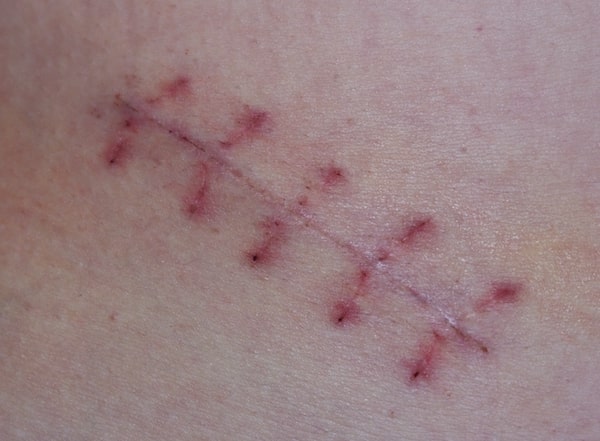
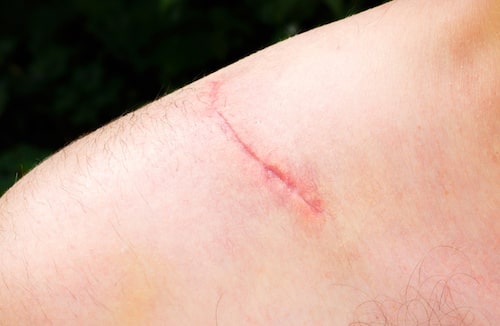
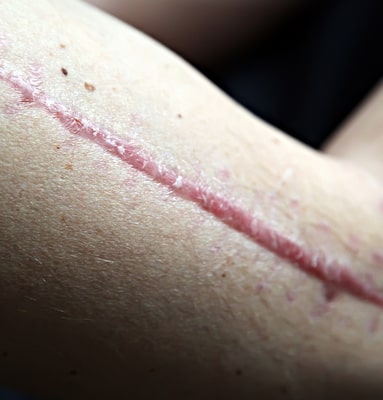 Atrophic scars are defined by the loss of tissue on the skin of the injured person. They can appear in different ways including depressed or flat against the upper layer of the skin. If you see a scar with darker skin pigmentation than other areas of the skin, it might be an atrophic scar. A couple of examples of atrophic scars are acne scars and chickenpox scars.
Atrophic scars are defined by the loss of tissue on the skin of the injured person. They can appear in different ways including depressed or flat against the upper layer of the skin. If you see a scar with darker skin pigmentation than other areas of the skin, it might be an atrophic scar. A couple of examples of atrophic scars are acne scars and chickenpox scars.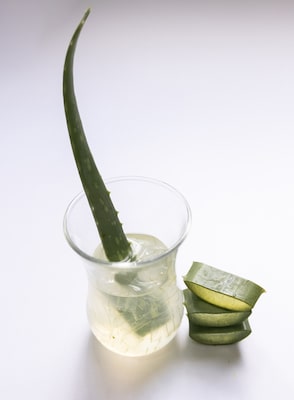 Scars will become naturally lighter over time, but they will never fully disappear. However, there are many efficient
Scars will become naturally lighter over time, but they will never fully disappear. However, there are many efficient 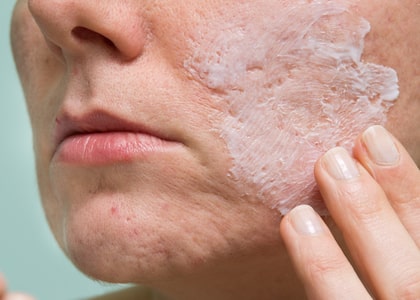 The use of home remedies for scars can help to reduce the appearance of the scars located on the body. In general, home remedies are ideal for treating new scars or scars that are relatively minor in their appearance. If a scar on the body is older, or considered to be extensive in its appearance, it is best to visit a doctor to discuss medical cosmetic treatment options instead of home remedies.
The use of home remedies for scars can help to reduce the appearance of the scars located on the body. In general, home remedies are ideal for treating new scars or scars that are relatively minor in their appearance. If a scar on the body is older, or considered to be extensive in its appearance, it is best to visit a doctor to discuss medical cosmetic treatment options instead of home remedies.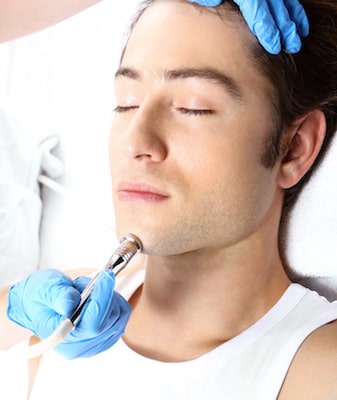 Older scars that tend to be more visible might only respond to medical or cosmetic treatments of the scars. Here are some examples of the most effective medical and cosmetic scar treatments:
Older scars that tend to be more visible might only respond to medical or cosmetic treatments of the scars. Here are some examples of the most effective medical and cosmetic scar treatments: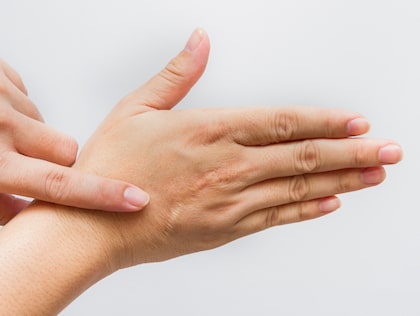 Scar revision surgery is performed to minimize the look of a scar as well as help the scar better blend-in with the skin that surrounds it. Scars can be the result of a surgical procedure and they can also appear after an injury or accident occurs to a person. Once an injury or wound appears on the skin, the soft tissues that surround the wound or injury can change shape or become uneven, sunken or
Scar revision surgery is performed to minimize the look of a scar as well as help the scar better blend-in with the skin that surrounds it. Scars can be the result of a surgical procedure and they can also appear after an injury or accident occurs to a person. Once an injury or wound appears on the skin, the soft tissues that surround the wound or injury can change shape or become uneven, sunken or 
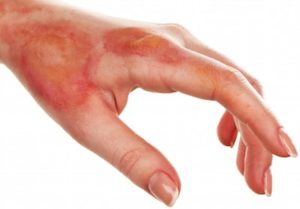 First-Degree Burn – The burn only damages the epidermis of the skin (top layer of the skin) and causes skin discoloration that is pink to red. In addition, the skin will show some minimal swelling and patients will experience some moderate discomfort but the burn can normally be treated at home.
First-Degree Burn – The burn only damages the epidermis of the skin (top layer of the skin) and causes skin discoloration that is pink to red. In addition, the skin will show some minimal swelling and patients will experience some moderate discomfort but the burn can normally be treated at home.